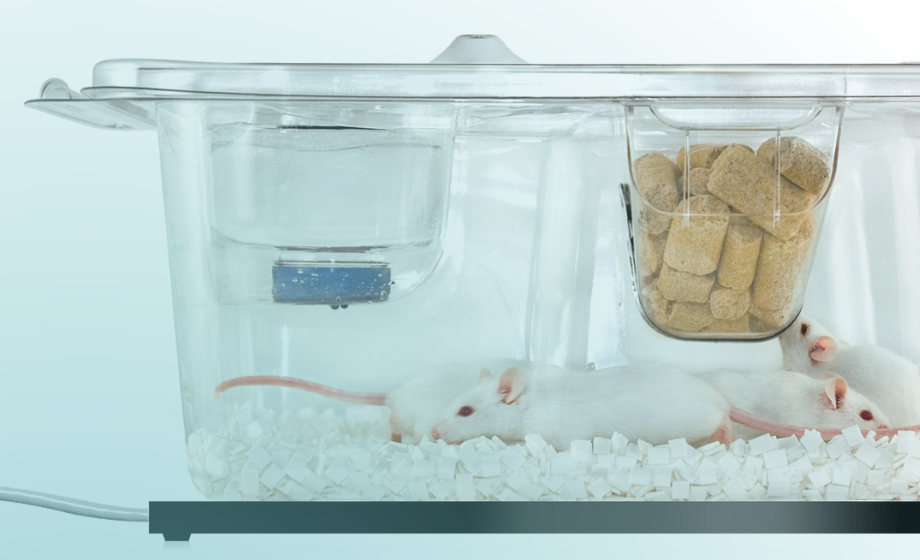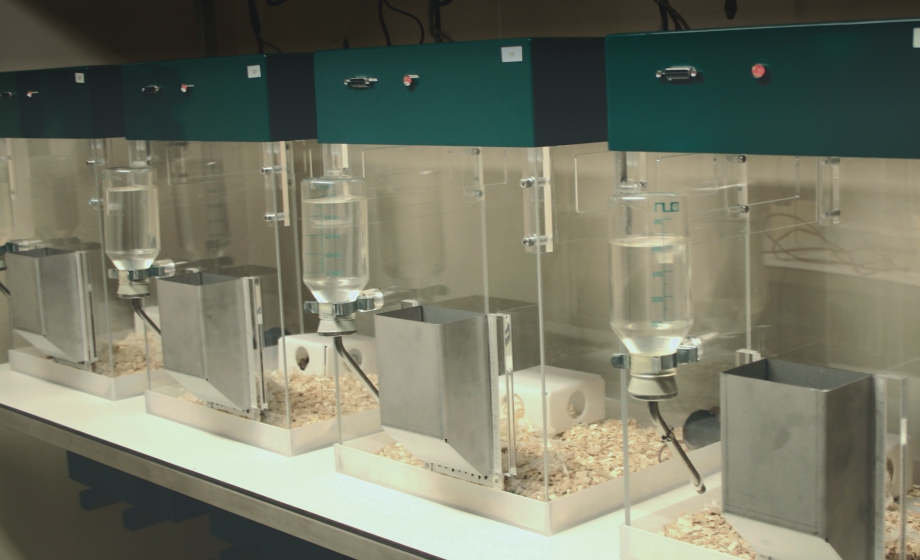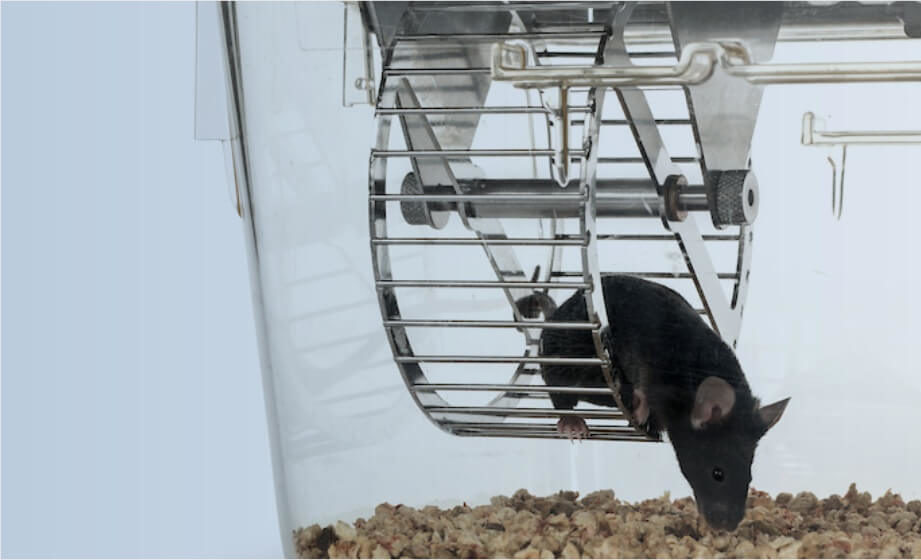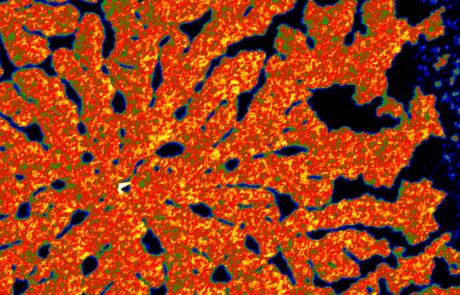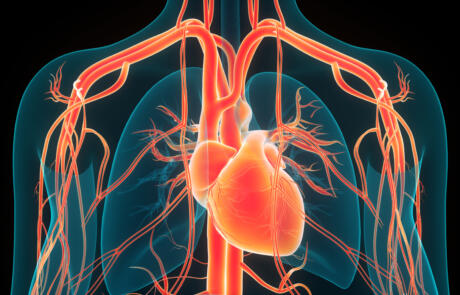Discussing Industry Trends in Home Cage Monitoring with UiD
InsideScientific recently interviewed Jose Gadea, VP of Sales and Marketing from Unified Information Devices, where he explained the company's approach to innovation and highlighted their RFID-enabled, Mouse Matrix system.
#ExpertAnswers: Stefano Gaburro and Brun Ulfhake on Aging Science
Join Stefano Gaburro and Brun Ulfhake as they present methods of caged rodent monitoring and better animal welfare that will lead to improved studies of neurodegenerative disease models.
From “Artificial” to “Real”: What 24/7 Home Cage Monitoring Teaches Us In Pre-Clinical Neurodegenerative Disease Models
Experts discuss an innovative and scalable home cage monitoring solution called Digital Ventilated Cage (DVC), showing how it can be used to study neurodegenerative diseases and monitor biorhythmicity of small rodents.
Science of Aging: A Physiological & Translational Perspective
Science of Aging - A Physiological & Translational Perspective: A webinar series covering fundamentals, late-breaking research and novel discoveries in the field of aging science.
#ExpertAnswers: Lior Bikovski & Shivang Sunil Parikh on Home Cage Monitoring Systems for Behavioral Research
In this episode of Expert Answers, Lior Bikovski and Shivang Sunil Parikh share how to optimize the use of home cage monitoring systems for behavioral research.
Lessons From The Core: Longitudinal Assessment vs. Point Sampling of Behaviors in Mice
In this webinar, experts at The Myers Neuro-Behavioral Core Facility at Tel-Aviv University address specific advantages and limitations of today's home cage monitoring (HCM) technology used in behavioral research.
#ExpertAnswers: Sharon Ladyman & Vicki Vieira-Potter on Metabolic Phenotyping
In this episode of #ExpertAnswers join Sharon Ladyman, PhD and Victoria Vieira-Potter, PhD as they answer questions from a recent webinar where they [...]
#ExpertAnswers: Kenneth Dyar & Joanna Moore on Automated Home Cage Activity Monitoring
Kenneth Dyar and Joanna Moore discuss applications of automated home cage activity monitoring and how it can be used to improve animal welfare, optimize study design and drive animal behavior and physiology research.
#ExpertAnswers: Zhen Yan & Diego Bohórquez on Obesity
Zhen Yan and Diego Bohórquez present case studies demonstrating the use of automated home cage phenotyping for preclinical obesity research.
From Pregnancy to Menopause: Studies of Physical Activity, Behavior, and Energy Balance in Mice
Sharon Ladyman and Vicki Vieira-Potter share their research on the effects of hormones and pregnancy on daily activity in mice.
Case Studies in Home Cage Monitoring: Rodent Behavior, Circadian Biology and Animal Welfare
Joanna Moore and Kenneth Dyar present applications of the DVC® system from different research perspectives and discuss how home cage monitoring can be used to study animal model development, physiology and behavior
Cravings and Weightlifting Squats – Technologies that Explore New Metabolic and Behavioral Research
Zhen Yan and Diego Bohórquez present case studies demonstrating the use of automated home cage phenotyping for preclinical obesity research.
#ExpertAnswers: John Hasenau and Stefano Gaburro on Biosafety in Animal Modeling
John Hasenau and Stefano Gaburro answer questions from a webinar where they discuss current biosafety requirements and what home cage monitoring can teach us in bioexclusion and biocontainment studies.
Improving Animal Modeling with 24/7 Home Cage Monitoring in Bioexclusion & Biocontainment Mouse Housing Systems
Experts discuss current biosafety requirements and what home cage monitoring can teach us in bioexclusion and biocontainment studies.
The Use of Home Cage Monitoring to Determine Whether Individual Male Mouse Activity Patterns Correlate With Nest Complexity
It is well established that nesting materials are an important inclusion for mouse cages. We wanted to determine whether there was a significant difference in mice activity when offered three different material choices and whether there was any correlation between activity in the cage and nest complexity.
Locomotor Activity: refinement, reduction and replicability ‘round the clock in animal studies
A growing body of evidence suggests that Home Cage Monitoring studies are becoming key tools for in vivo animal research for three main reasons: reduction in animal distress thereby increasing welfare, minimization of biases (wanted and unwanted), and increased reproducibility of data.
Webinar Review: Experts provide insight into high-throughput cognition testing of individual rodents within their social environment
InsideScientific hosted a webinar sponsored by TSE Systems discussing the challenge of rodent behavioral phenotyping in a social home cage environment.
